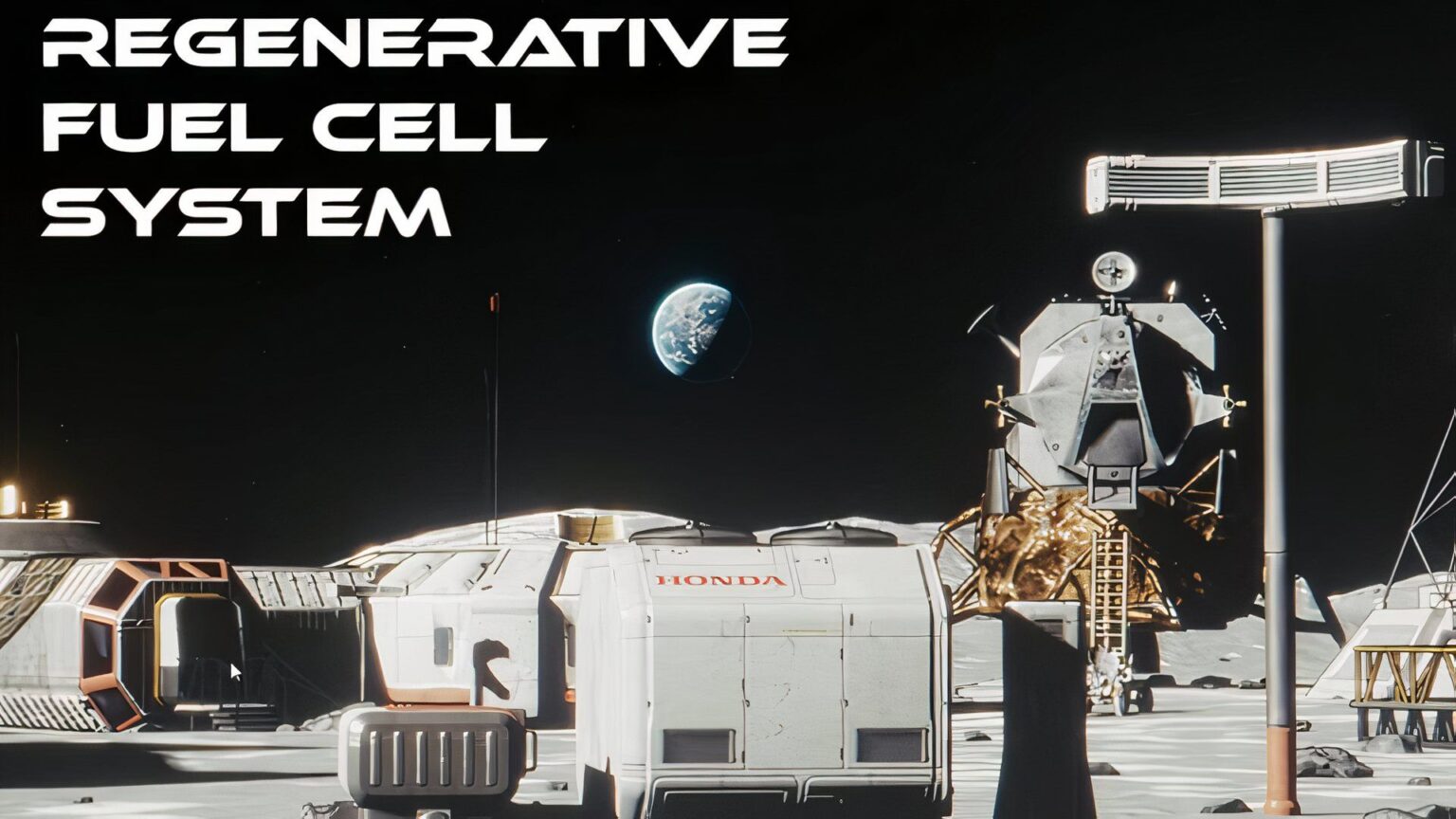Honda is one of the few automakers to have put its hydrogen fuel cell technology into the hands (and garages) of customers. It did so with the Honda FCX, as well as the multi-energy Honda Clarity, which also offered plug-in and battery-electric powertrains. Honda recently launched the CR-V e:FCEV, which combines fuel-cell and plug-in power. The Japanese automaker also recently unveiled its Next Generation Fuel Cell Module, with lower costs and greater efficiency than its previous hydrogen system.
Honda’s not stopping with passenger or even commercial vehicles, though. Heck, it’s not even restraining itself to the confines of our very planet, instead looking to the stars for its next hydrogen venture. Honda R&D has developed its regenerative fuel cell system for use in space, with its first test taking place aboard the International Space Station.
Honda’s Life-Sustaining Regenerative Fuel Cell System
Honda’s regenerative fuel cell system isn’t exactly for transportation, but for life support — though it does borrow the fuel cell technology it has developed for cars here on Earth in order to produce electricity. In addition to providing power to, say, an inhabited lunar base, it can also make the hydrogen needed to fuel it, as well as oxygen for the fuel cell and for humans to breathe. And it does so continuously in what Honda calls a “circulative renewable energy system.”
How Honda’s Regenerative Fuel System Works
In the case of an installation on our own moon, the system would use solar power during the lunar day in order to produce hydrogen and oxygen from water via electrolysis. Some of that oxygen is used for astronauts to breathe, while the fuel cell system the hydrogen, along with remaining oxygen, at night to produce electricity to power the base. As we know from the hydrogen cars one can sometimes spot driving around California, the byproduct of creating electricity from fuel cells is water. In this case, that water is recycled to create more oxygen and hydrogen, and the cycle continues.
- Collect solar energy during the day
- Produce hydrogen and oxygen via electrolysis
- Produce electricity via hydrogen fuel cells at night
- Collect water byproduct from fuel cells
- Repeat
Testing On The International Space Station
Honda’s regenerative fuel system isn’t just some wild concept. Well, it is a pretty wild concept, but it actually exists, and the “high-differential pressure water electrolysis system” will be put to the test in actual space — specifically, in the microgravity environment of the International Space Station. This will allow Honda to test it for efficiency and reliability ahead of potential deployment on lunar missions. Honda is partnering with commercial space company Sierra Space as the “primary space mission integrator,” with NASA helping to transport materials on Sierra Space’s Dream Chaser spaceplane. Science and technology engineering company Tec-Masters will serve as the ISS technology expert.
The regenerative fuel cell system is a product of the new Space Development Division at American Honda, which launched late last year in order for the manufacturer to expand even further beyond the terrestrial and marine realms than the also cool HondaJet does. This new circulatory fuel cell system is an interesting start, and we’re excited to see what comes next. Now we just need to convince Honda’s Space Development Division to create the rest of the neat gear we’ll need for proper space exploration, like a warp drive and laser swords. How about it, Honda?
Read the full article here


